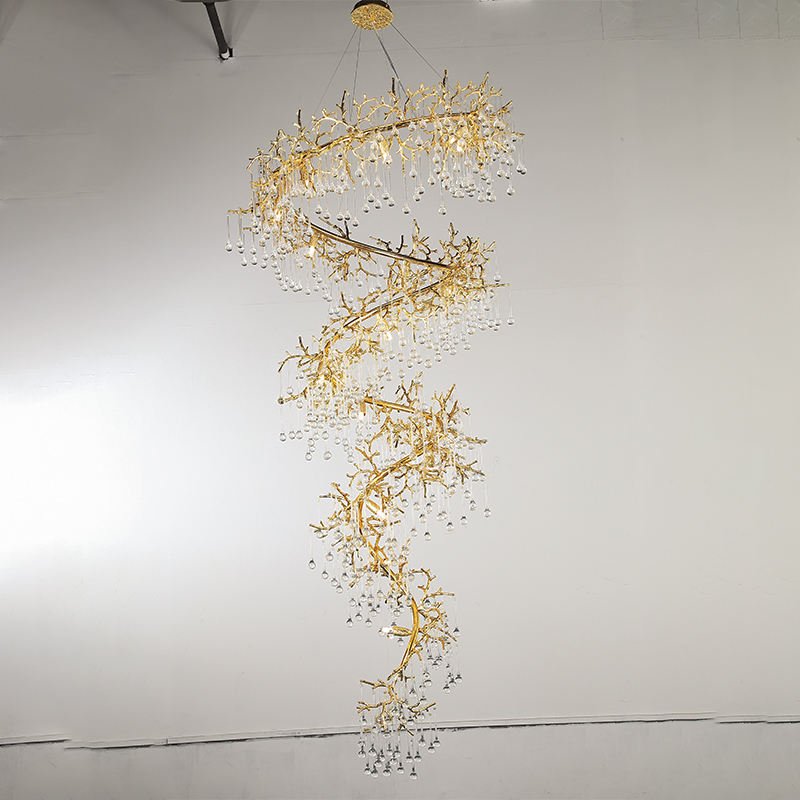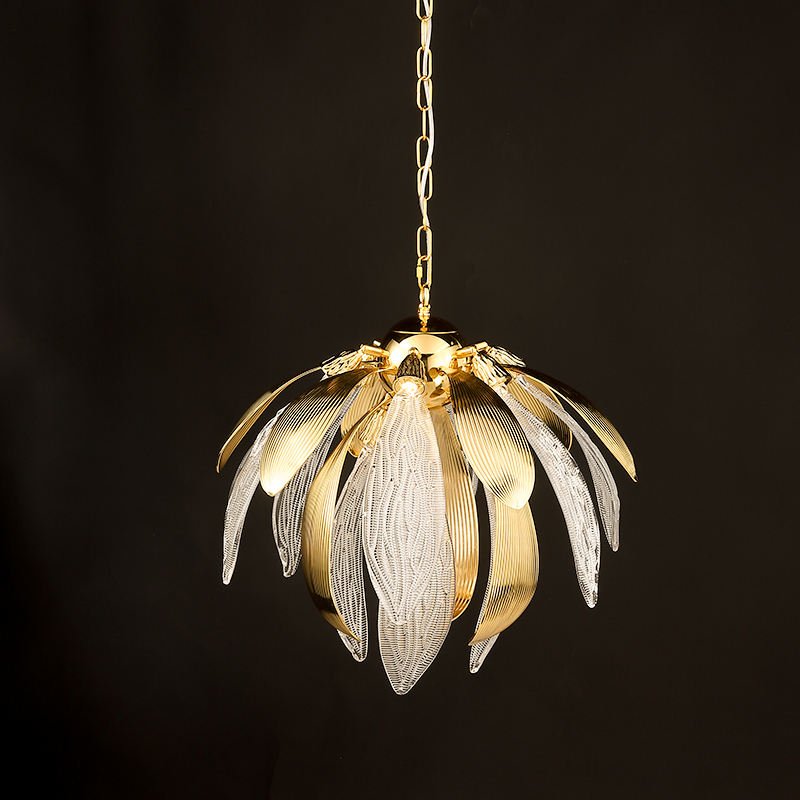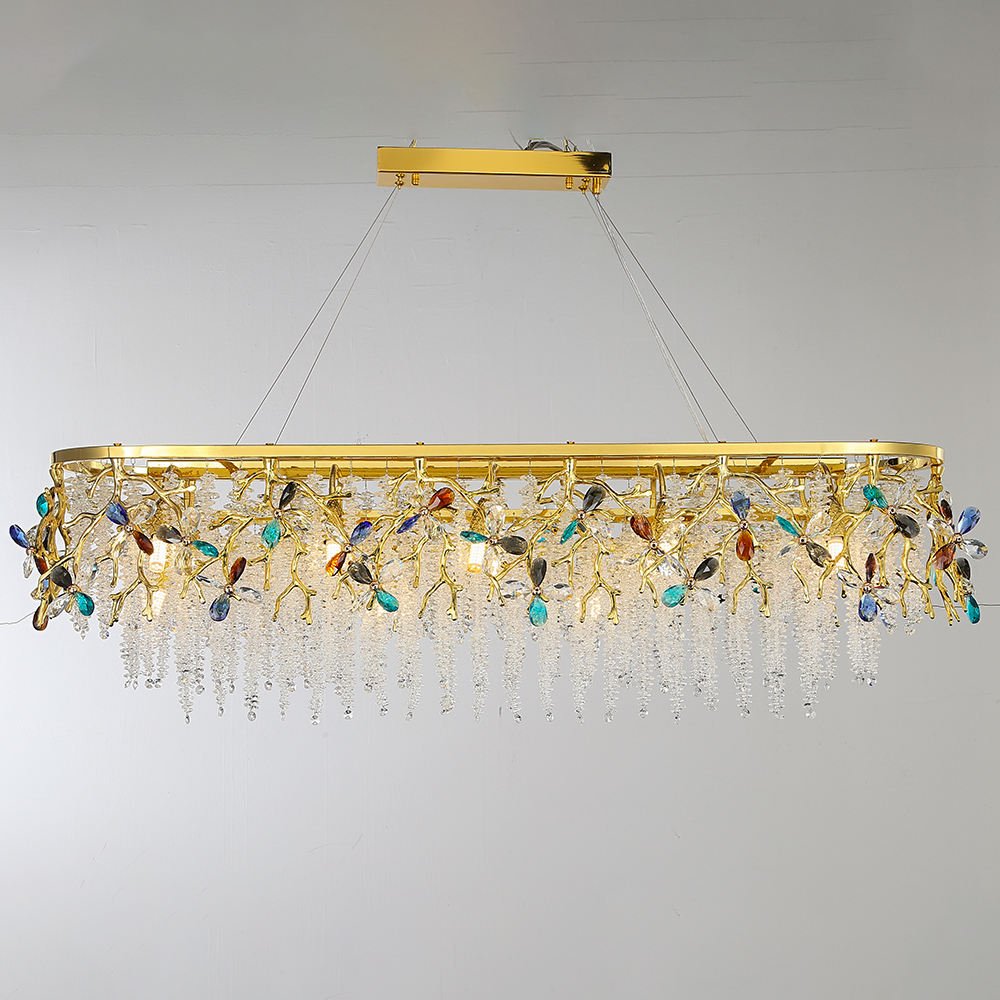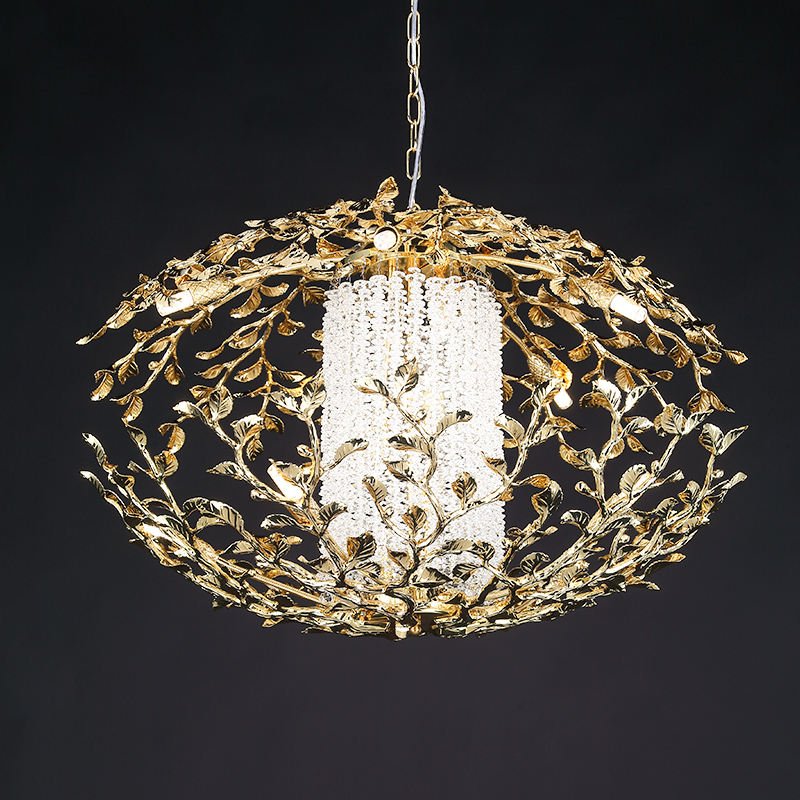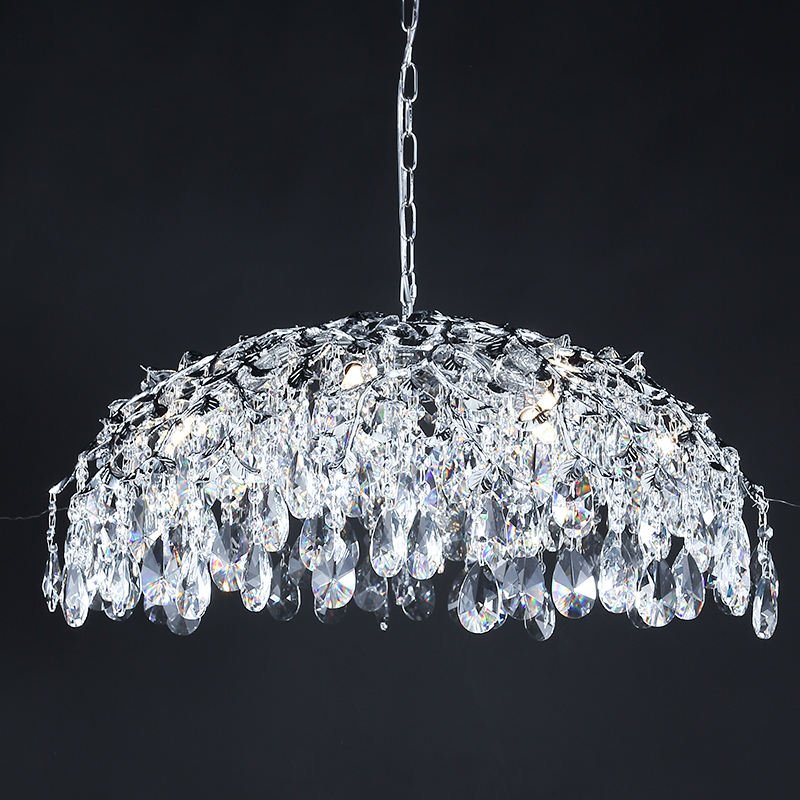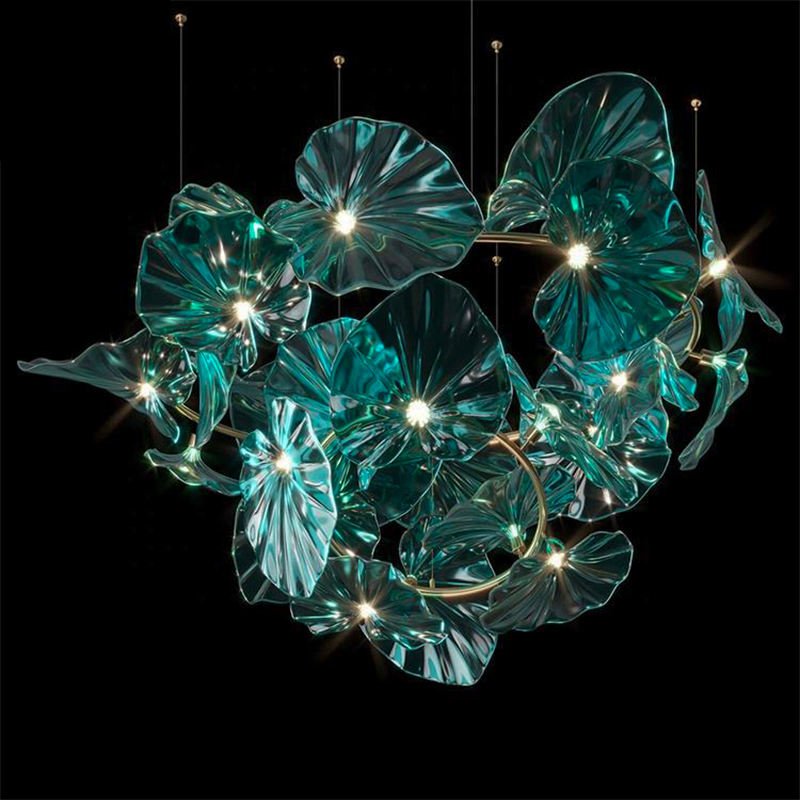Key Takeaways
- Safety First: Custom LED tail lights turn on faster and are brighter than old halogen bulbs, giving drivers behind you more time to react. This is a big safety win.
- Looks Matter: LEDs offer way more design freedom. You can get sequential turn signals, smoked lenses, light bars – stuff that makes your car look sharp and modern.
- Long Life: LEDs last ages compared to standard bulbs. Less hassle changing bulbs, fewer chances of getting pulled over for a light out.
- Installation Varies: Some are simple plug-and-play, others need wiring work (maybe resistors for hyperflash). Know what you’re getting into or hire a pro.
- Legality is Key: Make sure any lights you buy are DOT/SAE approved for street use. Non-compliant lights can mean tickets or failed inspections. Check your local rules too, especially for sequential signals.
- Troubleshooting: Common issues like hyperflash or error codes usually have fixes (resistors, relays). Water leaks mean bad seals.
Why Bother with Custom LED Tail Lights Anyway?
So, why even think about swapping out your stock tail lights for some custom LED ones? Fair question. Your car came with lights, they work, right? Well, kinda. Most factory tail lights, ‘specially on slightly older cars, use halogen bulbs. These are fine, they been around forever, but they ain’t exactly cutting edge. They take a moment to light up fully, they ain’t super bright, and honestly, they can look a bit dated. You know, that kinda dim, yellowish glow. Plus, they burn out. We’ve all had that moment where a buddy tells ya, “Hey, your brake light’s out.” It’s annoying and potentially unsafe.
Now, LEDs (Light Emitting Diodes) are a whole different ballgame. First off, they’re bright. Like, really bright. And they turn on instantly. We’re talking milliseconds faster than halogens. Don’t sound like much? Think about it – someone’s right on your tail, you hit the brakes. That fraction of a second earlier that your super bright LED brake lights flash could be the difference between them stopping in time or nudging your bumper. I remember drivin’ home late one rainy night, foggy conditions, visibility was pants. Had to brake sharpish for a deer, and the fella behind me stopped with inches to spare. He later said my aftermarket LEDs cut through the gloom way better than standard lights would’ve. Made a believer outta me.
Beyond the safety thing, LEDs just look cooler. They give off this crisp, modern light. And cause they’re smaller and more versatile, designers can do way more interesting stuff with ’em. Think intricate patterns, sequential turn signals that sweep across, light bars that go right across the back. It updates the look of your whole vehicle, makes it look a bit more premium, a bit more now. Like how a really fancy light fixture, say somethin’ like this intricate Gilded Branch Crystal Droplet Chandelier, can change a whole room, custom LEDs change the whole rear end of your car. They last way longer too – tens of thousands of hours sometimes. And they use less power, which is nice, even if it’s just a tiny bit less strain on your electrical system. Just be sure before you buy anything, check your local laws. Some fancy animations or super dark smoked lenses might look awesome but could get you in trouble if they ain’t street legal where you are. Better safe than sorry, yeah?
Picking the Right Style: More Than Just Looks
Alright, so you’re sold on the idea of LEDs. Now comes the fun part – picking ’em out. But it ain’t just about what looks prettiest on the website, yeah? There’s a bunch of styles and things to consider. You got your sequential turn signals, where the light sweeps in the direction you’re turning. Looks real slick, very modern Audi-esque. Then there’s different lens options. Standard red’s always a safe bet. Smoked lenses look mean, give the car a stealthy vibe, but make sure they’re still bright enough to be legal and safe, especially daytime. Clear lenses, sometimes called Altezza style, show off the fancy LED internals – can look great on some cars, maybe a bit much on others.
Then you got the actual design inside the housing. Some have cool 3D shapes, light pipes, or diffused panels for a smooth glow instead of seeing individual LED dots. Some units replace the whole assembly, others might just be bulb replacements (though full assemblies usually look better and are designed as a whole system). Think about your ride. What fits its style? A wild, futuristic design might look outta place on a classic pickup, but perfect on a sporty coupe. A simple, clean light bar might suit a modern SUV better. It’s subjective, sure, but try picture it on your car.
Build quality is huge too. There’s tons of brands out there, from big names to obscure online sellers. Cheaper lights might look okay at first, but they can use lower quality LEDs that dim over time, have dodgy wiring, or seals that leak first time it rains hard. Read reviews, check forums for what other owners of your model are using. Sometimes payin’ a bit more upfront saves hassle down the road. Look at the details, like how well the plastic housing is molded. Does it look like they paid attention? Kinda like how this Elegant Gold Lotus Flower Pendant Light shows real intricate shaping in its ‘petals’ – good custom tail lights have that attention to detail in their design and construction. And remember them smoked lenses? I personally like ’em, but I made sure the ones I got were DOT-approved and still plenty bright when lit. Some cheap ones are just too dark, borderline dangerous. Check twice, buy once.
The Safety Boost: Seeing and Being Seen Better
Let’s dig a bit deeper into the safety side of things, ’cause it’s honestly one of the biggest reasons to upgrade. We mentioned LEDs light up faster. Sounds trivial, but the science backs it up. Halogen bulbs gotta heat up a filament, takes maybe 200 milliseconds (0.2 seconds). LEDs are electronic, they hit full brightness almost instantly – like, under 1 millisecond. At highway speeds (say 60 mph), your car travels about 18 feet in that 0.2 seconds. So, LED brake lights give the driver behind you an extra 18 feet of stopping distance, potentially. That’s massive! It’s the difference between a close call and a crumpled bumper, or worse.
Then there’s the brightness and visibility. LEDs punch through bad weather – heavy rain, fog, snow – way better than dim halogens. And they’re more noticeable even in bright sunlight. Think about how sharp and clear modern car brake lights look compared to older ones. That clarity makes you stand out. It’s not just about being seen when braking either. Running lights are brighter too, making your car more visible from behind at all times. Some designs enhance this further. Dynamic or sequential turn signals catch the eye more effectively than a simple flashing bulb. Some units have really distinct patterns for running lights versus brake lights, making it super clear what your car is doing.
And don’t forget reliability. LEDs typically last much longer than halogen bulbs. We’re talking years, maybe even the remaining life of the car for quality units. A burnt-out tail light bulb isn’t just an inconvenience or a potential ticket; it’s a safety hazard. You lose redundancy, and your car is harder to see, especially at night. With LEDs, that worry pretty much disappears. The Benefits of Installing Custom LED Tail Lights are pretty clear when you lay it all out. It’s about reaction times, visibility in all conditions, and reliability. When you’re choosing, look for that DOT/SAE certification. It means the light has been tested to meet specific standards for brightness, color, and durability – ensuring it actually does its job safely. Think of it like the sharp, clear light you get from quality lighting, kinda like the crisp look of this Ethereal Icicle Chandelier – you want that same clarity and performance from your tail lights.
Installation: DIY or Call a Pro?
So you got your shiny new LED tail lights. Now ya gotta get ’em on the car. Question is, do you tackle it yourself or pay someone? Depends on a few things: the lights themselves, your car, and how comfortable you are messin’ with wiring and trim panels. Some LED tail light assemblies are designed as direct ‘plug-and-play’ replacements. This means they *should* have the same connectors as your factory lights and bolt right into the same spot. If you luck out and get these, installation can be pretty straightforward. Usually involves removing some interior trim panels in the trunk or hatch to access the bolts holding the old light in, maybe a plastic trim piece on the outside. Undo the bolts, unplug the old light, plug in the new one, bolt it up. Sounds easy, right?
Often, it is. Tools needed are usually basic: screwdrivers, maybe a socket set or wrench, and crucially, a plastic trim removal tool. Don’t try prying trim off with a screwdriver, you’ll just scratch or break stuff. Ask me how I know… But sometimes, it ain’t quite plug-and-play, even if advertised as such. Maybe the connector *looks* right but doesn’t quite click in, or the wiring pins are in a different order (real headache). Or, more commonly, you run into hyperflashing (turn signals blinking super fast) or dashboard error messages ’cause the car’s computer thinks a bulb is out due to the lower power draw of LEDs. This often means you gotta wire in resistors or swap out the flasher relay module for an LED-compatible one. Now we’re talkin’ cutting, splicing, or tapping into wires. If that makes you nervous, that’s your cue to call a pro.
My first time doing non-plug-and-play ones, I thought “How hard can it be?”. An hour later, with wires everywhere and nothing working right, I was eating humble pie and calling my mechanic buddy. Pros have seen it all, they got the right tools, they know the common pitfalls for your specific car model, and they can troubleshoot weird issues quick. Also, poor installation can lead to problems later. If you don’t get the light seated properly or the seal isn’t good, water can get in, fogging up the lens or frying the electronics. A pro install usually comes with some kinda guarantee too. So, if it’s truly plug-and-play and you’ve done basic car stuff before, give it a shot. Disconnect the battery first! And test *everything* – running lights, brakes, turns, reverse – before you bolt everything back up tight. If it involves resistors, relays, or wiring diagrams that look like spaghetti… maybe leave it to the experts. Think of the wiring like the structure of this Luxe Gold Linear Branch Chandelier – gotta make sure all the connections are right for it to work properly.
Keeping ‘Em Legal: Navigating Regulations
This bit’s super important, ’cause running foul of the law with your lights is a real pain. Tickets, failed inspections, maybe even insurance hassles if non-compliant lights are a factor in an accident. The big thing to look for, ‘specially in North America, is DOT or SAE compliance. DOT stands for Department of Transportation, SAE is Society of Automotive Engineers. If a tail light says it’s DOT/SAE compliant or approved, it *should* mean it meets federal standards for things like:
- Brightness: Not too dim, not too bright (dazzling). There are specific candlepower requirements.
- Color: Brake and running lights gotta be red. Turn signals usually amber, but can be red if they’re integrated and meet certain spacing rules from the brake light. Reverse lights gotta be white.
- Visibility Angles: Needs to be visible from specific angles side-to-side and up-and-down.
- Durability: Tests for resistance to vibration, dust, water intrusion, lens fading etc.
Just ’cause a light *looks* awesome don’t mean it meets these standards. Lotsa lights sold online, ‘specially cheaper ones direct from overseas marketplaces, might not be DOT/SAE compliant even if they claim to be. Reputable manufacturers usually state compliance clearly for specific vehicle models. If it doesn’t say, assume it’s probably not compliant for street use (might be “for off-road use only”).
Lens color is another common trip-up. Smoked lenses are popular, but if they make the light output too dim below the legal requirement, they’re illegal. Some places also have rules against *any* non-red lens covering the brake light, even if the light underneath shines red bright enough. Clear lenses are usually fine *if* the LEDs inside shine the correct colors (red for brake/tail, amber for turn). Sequential turn signals are another grey area. Federally, they seem to be okay if they meet certain lighting area and timing requirements, but some *states* have specific laws banning them or interpreting existing laws in a way that makes them illegal. Best bet? Check your state’s specific vehicle code or ask a local inspection station if you’re unsure about sequentials or heavily smoked lenses. It’s like navigating a complex structure, kinda like this intricate Golden Leaf Crystal Nest Chandelier – gotta understand all the parts. Stick to DOT/SAE approved lights from good vendors, and double-check local rules for anything unusual, and you should be alright.
Common Problems and How to Fix ‘Em
Okay, let’s talk about when things go wrong. Even with decent quality lights and careful installation, you might hit a snag. Probably the most common issue with LED upgrades is hyperflashing. This is when your turn signals blink way too fast, like they’re on caffeine. It happens because LEDs draw much less electrical current than old halogen bulbs. Your car’s flasher unit is designed for the higher current draw; when it sees the low draw from the LEDs, it thinks a bulb is burnt out and flashes quickly to warn you. The fix? Usually gotta add load resistors. These get wired in parallel with the turn signal circuit. They basically add electrical load, tricking the flasher unit into thinking a regular bulb is still there. Be warned, these resistors get HOT, so mount ’em on metal, away from plastic or other wiring. Alternatively, on some cars, you can replace the stock flasher relay with an electronic one designed for LEDs that doesn’t rely on current load to time the flashing.
Another related issue is dashboard error messages or “bulb out” warnings. Same cause as hyperflashing – the car’s Body Control Module (BCM) or computer monitors bulb circuits, sees the low LED current, and flags an error. Again, load resistors on the affected circuit (brake, turn, running light) are the usual fix. Some newer LED assemblies have resistors built-in, which avoids this hassle. Check the product description!
Condensation or water leaks inside the lens are another bummer. This usually means a bad seal. Could be a manufacturing defect, or maybe the seal got damaged during installation, or the access panels/gaskets weren’t put back properly. First, check that any rubber gaskets are seated correctly and the light is bolted down evenly. If it persists, you might try adding a small bead of clear automotive silicone sealant around the seam where the lens meets the housing (don’t go crazy). If it’s bad, especially on new lights, contact the seller – might be a warranty claim. Think of the housing needing to be sealed like an Luxe Crystal Umbrella Branch Chandelier protects whats underneath it. Lastly, if a whole section of the light (like one turn signal bank or the brake light) isn’t working, check the plug and connections first. Make sure it’s seated tight. If that looks good, could be a faulty LED module or internal wiring. Sometimes swapping the lights side-to-side (if they’re identical) can help diagnose if the problem is the light unit or the car’s wiring. A multimeter is your friend here for checking power at the plug pins.
The Future is Bright: What’s Next in Tail Light Tech?
LEDs are pretty much the standard now for custom and even many factory tail lights, but the tech keeps movin’. What’s on the horizon? One thing already showing up on high-end rides is OLEDs – Organic Light Emitting Diodes. These are different from standard LEDs. They’re super thin, flexible panels that emit a very uniform, smooth light, no hotspots. Because they’re flexible, designers can create really complex, curved shapes and even animated sequences that look incredibly slick. Think tail lights that wrap around corners more smoothly or display intricate start-up/shut-down animations. Right now they’re expensive, mostly on luxury cars, but like LEDs before them, the cost will likely come down and they’ll trickle into the aftermarket eventually.
Then there’s talk of laser lighting for tail lights. Sounds wild, right? BMW showed concepts years ago. Lasers could potentially offer even greater brightness from a smaller source, or maybe be used to project warning signals onto the road behind the car – like a warning triangle image during a breakdown, or lines showing the car’s width in fog. This is still mostly concept stage for tail lights, facing hurdles with cost, complexity, and eye-safety regulations, but it shows where things *could* go. The Automotive LED Lighting Market Report highlights how these advanced systems are changing vehicle looks and performance.
We’re also gonna see more integration and communication. Imagine tail lights that can receive signals from cars ahead (Vehicle-to-Vehicle or V2V communication) and display warnings, like “Sudden Braking Ahead” or “Ice Detected”. Or lights that adjust their brightness automatically based on ambient light or if a car is following too closely. Personalization is another trend, though maybe more for the show scene. Think app-controlled animations or color changes – definitely not street legal for brake/signal colors, but maybe for welcome/leaving sequences when parked. The general trend across the Automotive Tail Light Market and specifically the LED Automobile Taillight Market is towards smarter, more efficient, and more stylized lighting, as confirmed by analysis like the Automotive LED Tail Lights Market report. It’s moving beyond just simple illumination. Think futuristic designs, maybe even something that looks as ethereal and ‘floating’ as this Aqua Glass Lily Pad Floating Chandelier. The future’s definitely lookin’ bright, maybe even animated.
Frequently Asked Questions (FAQs)
- Q1: Are custom LED tail lights legal?
A: They can be, but you gotta check. Look for lights that are specifically marked as DOT/SAE compliant for street use in your region (like the US/Canada). Avoid lights sold “for off-road use only.” Also, check your local state/provincial laws regarding things like lens tint (smoked lenses) and sequential turn signals, as rules can vary. - Q2: Do LED tail lights use less power than stock bulbs?
A: Yep, significantly less. LEDs are much more energy-efficient than traditional halogen bulbs. This lower power draw is actually why they sometimes cause hyperflashing or error codes in cars expecting the higher draw of halogens. - Q3: Will LED tail lights cause error codes or hyperflashing?
A: They might, especially on newer cars with sensitive bulb monitoring systems. If the LED assembly doesn’t have resistors built-in, you might need to add external load resistors or swap your flasher relay for an LED-compatible one to prevent fast blinking (hyperflash) or “bulb out” warnings on your dash. - Q4: How long do LED tail lights last?
A: A long time! Quality LEDs can last tens of thousands of hours, often much longer than traditional bulbs. Many LED tail lights can potentially last the remaining lifespan of the vehicle, meaning you likely won’t have to replace them again. - Q5: Can I install LED tail lights myself?
A: If you get a ‘plug-and-play’ set designed specifically for your car model, and you’re comfortable with basic tools and maybe removing some trim panels, then likely yes. If installation requires wiring in resistors or modifying connectors, and you’re not experienced with car electronics, it might be better to have a professional install them to avoid issues. - Q6: What’s the difference between LED and OLED tail lights?
A: Standard LEDs (Light Emitting Diodes) are small, point-like light sources, often grouped together. OLEDs (Organic Light Emitting Diodes) are thin, flexible panels that emit a smooth, uniform light across their surface. OLEDs allow for more complex shapes and animations but are currently much more expensive and found mostly on high-end vehicles.


